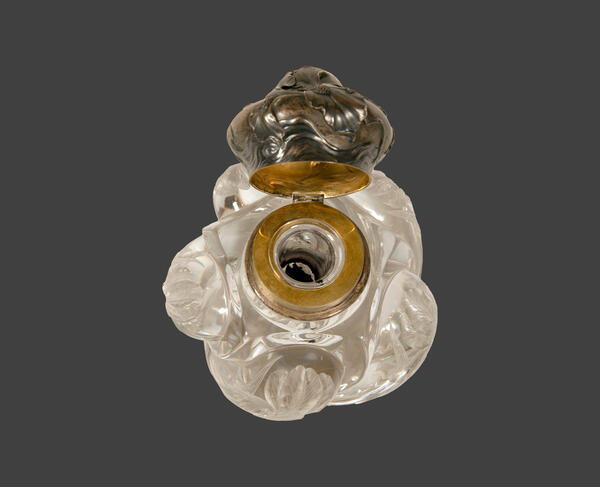Crystal inkwell
All our paper factories that existed in Russia offered paper that was more expensive than what I had. I bought it in Finland from a paper mill that produced paper on the conditions that were offered specifically for me.
Paper for a publisher is just like bread for the stomach, Sytin believed. Therefore, he was very preoccupied with paper imports. His production expanded, while paper prices also grew. The selling price of paper was three times higher than the cost of its production. From 1913, Ivan Sytin began taking the following concrete steps: first, he established a syndicate “Joint Stock Company of the Russian Paper Factory” on the basis of the Goloday Factory. The factory was founded in 1882 on the island of Goloday. It produced paper for writing and printing. In April of the same year, 1882, it was acquired by an engineer Vyacheslav Petrovich Pechatkin, in the second half of the 1890s. The factory then became the property of his heirs, who founded the “Joint-Stock Company of the Russian Paper Factory” in St. Petersburg on its basis. The company’s charter was approved on July 14, 1913.
The second step was to build his own factory. Sytin found a suitable place in Karelia on the Kem River. The prominent German industrialist Hugo Stinnes was brought in as a partner. After all the calculations, it turned out that the cost of a pood of paper was 80 kopecks. At that time, the market offered the same amount for three rubles. Thus, the annual savings after reaching payback amounted to three million rubles. However, the deal was broken when the Russian Revolution began.



